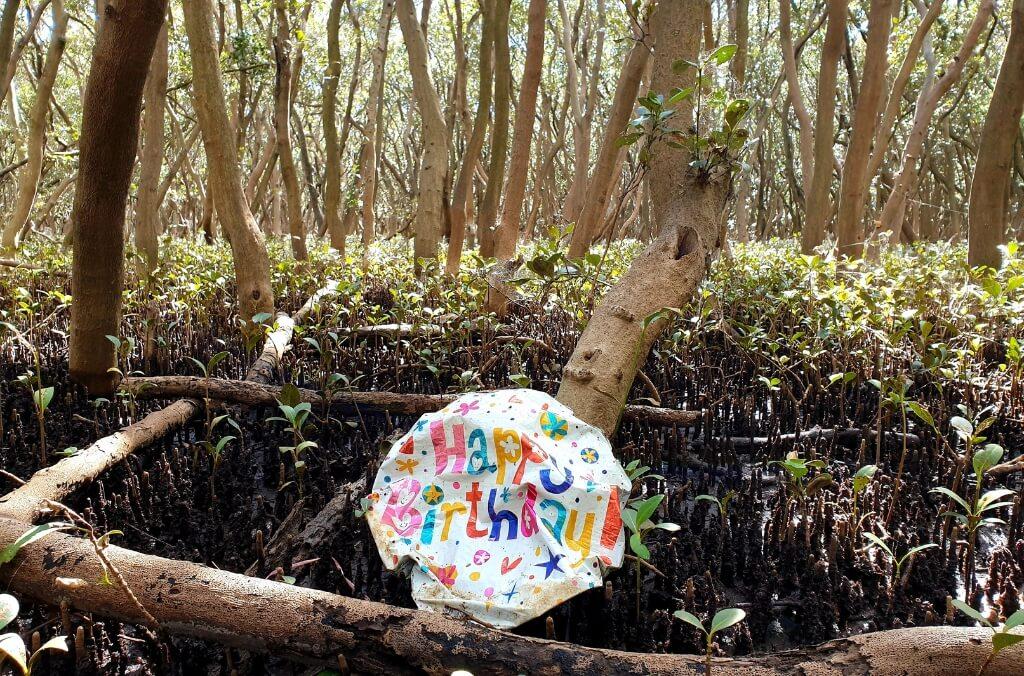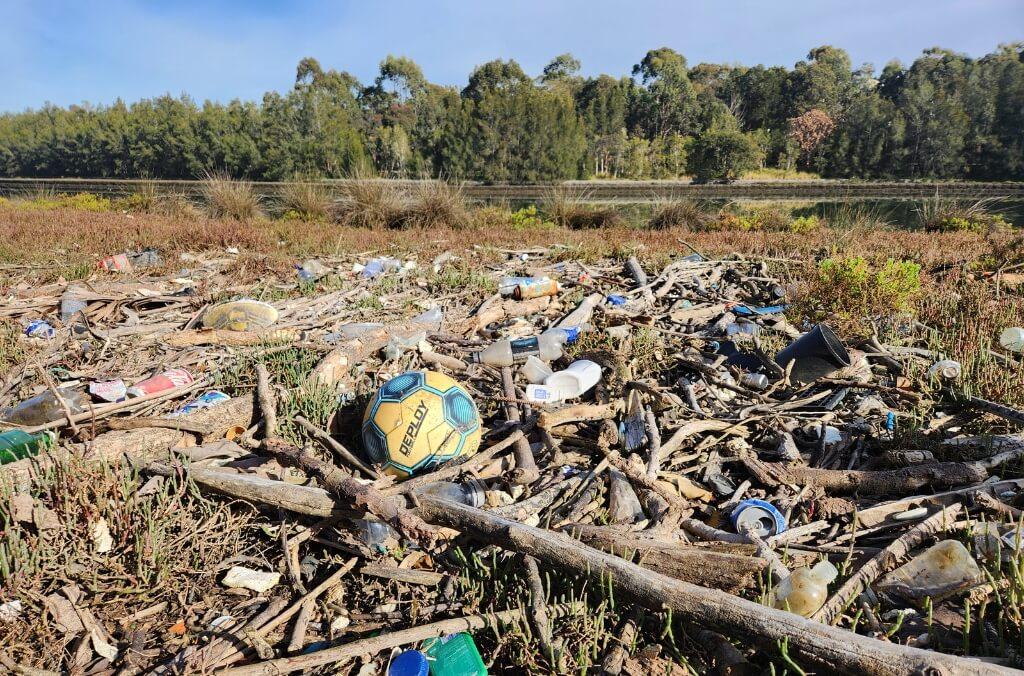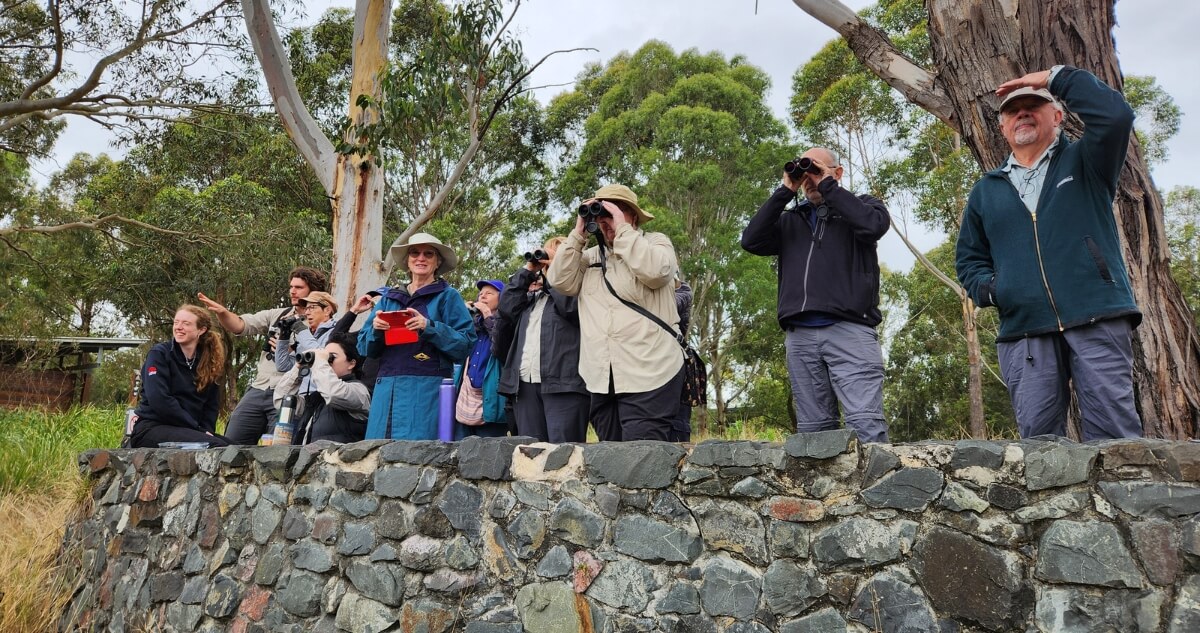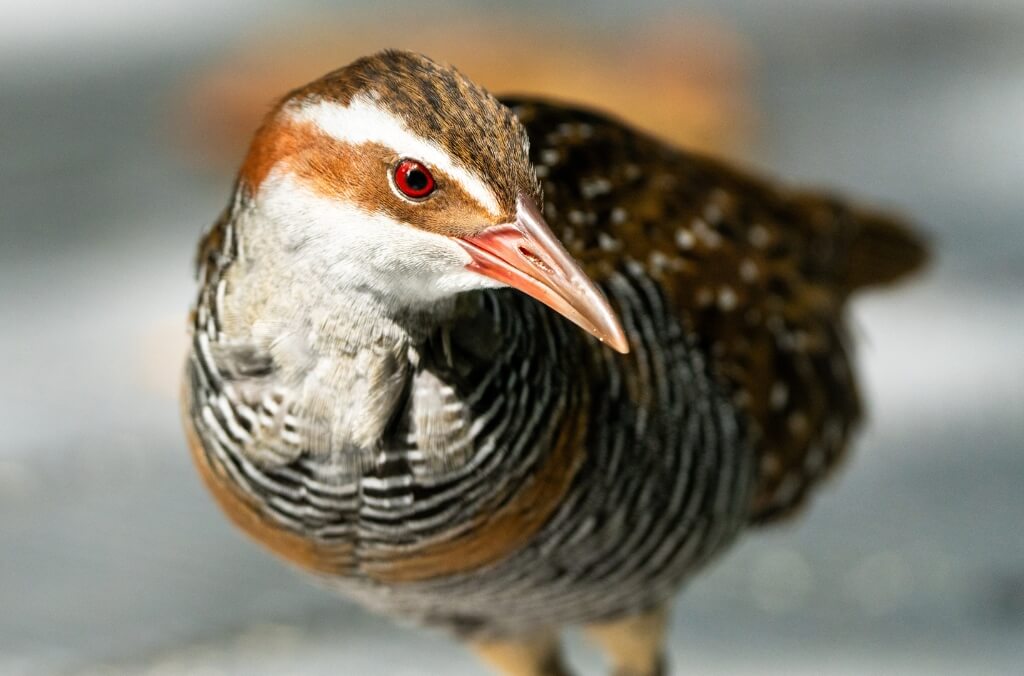Wetlands, waste, and woe
The estuarine wetlands of Sydney Olympic Park are a serene place, where plants grow, waterbirds feed and crabs stroll with a quiet dignity. These ecosystems are rich in biodiversity, but they are under siege by chip packets, polystyrene and plastic.
Mangroves, mud, and molluscs
Mangroves and saltmarshes are special places for both us and nature. They provide us with quiet green spaces to relax and experience, nurseries for baby fish, buffers for storm surges, and carbon hoarders par excellence. Sydney Olympic Park sits at the end of two large creeks that receive water from upstream urban environments that then flow through large forests of mangroves and saltmarsh flats.
Upstream mischief with downstream consequence
The wetlands of Sydney Olympic Park are downstream of... well, us. When we discard litter onto roads, into drains, or behind bushes, the rubbish embarks on a voyage via wind or stormwater drains, ultimately finding their way into these vital ecosystems. Rubbish can also come from visitors in the park itself: the essentials that make a party fun and comfortable include objects that may, if we are careless, end up festooning the wetlands.
Rubbish does more than look ugly; it can be dangerous and wildlife can suffer. Plastic entangles birds and fish, crabs mistake microplastics for snacks and batteries can leach toxins into the sediment. Large swathes of rubbish can smother saltmarsh and mangrove roots. Littering is the ecological equivalent of throwing your leftovers into your own lap.
Muck in to keep the muck out
We can all take part in making sure rubbish does not reach the wetlands. Avoid single-use plastics, look after your waste and dispose of it properly, and join a local clean-up event. When we lose rubbish in the suburbs or in the Park, let’s not make wetlands pay the price.

This birthday message was once fun and happy but now sits sadly in the mangroves. 
The detritus of upstream lives can be seen washed onto the saltmarshes of Haslams Creek.
You might also be interested in...


Sydney Olympic Park has been in busy preparing a gift for Park users that’s not wrapped in ribbon, but in science!


We’ve recently completed the 22nd annual Spring Bird Census 2025 at Sydney Olympic Park.
